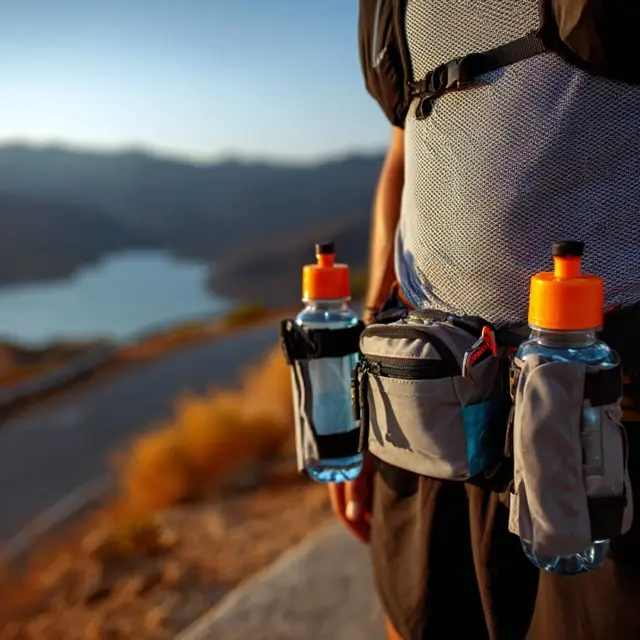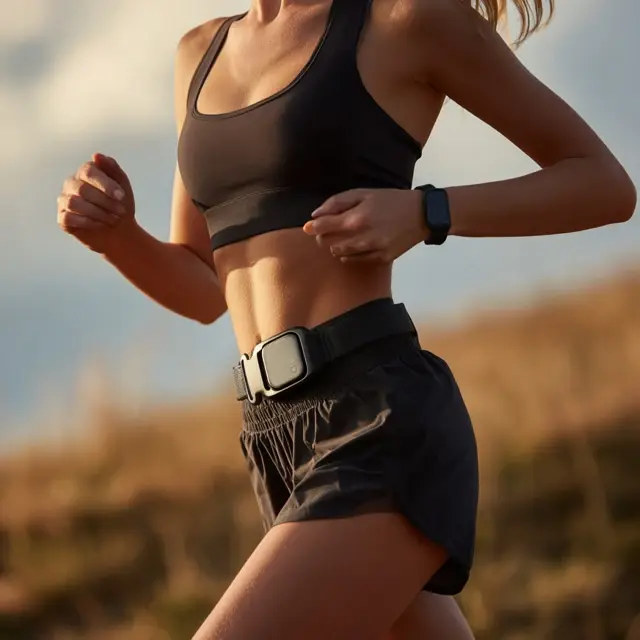Smart Tips for Selecting a Running Belt with Water Storage
Hydration is one of the most critical aspects of running, especially for long distances. A running belt with water storage allows you to carry fluids hands-free while maintaining your pace. But with so many options available, how do you choose the right one? Here are smart tips to help you find the perfect hydration belt for your training and races.
Why a Running Belt with Water Storage Matters
Carrying water during runs ensures you stay hydrated, avoid fatigue, and maintain performance. A hydration-compatible running belt balances storage with stability, giving you easy access to water without disrupting your stride.
Step 1: Determine Your Hydration Needs
Different runs require different amounts of water. Consider:
- Short runs (up to 5 miles): A single small bottle is usually enough.
- Medium runs (6–12 miles): Belts with dual bottles or one larger flask are ideal.
- Long runs and marathons: Opt for belts with higher-capacity bottles or hydration bladder compatibility.
Step 2: Evaluate Bottle Placement
Where bottles are positioned affects comfort and stability:
- Side-mounted bottles: Easy to grab without twisting but may affect balance if unevenly filled.
- Rear-mounted bottles: Streamlined design that feels natural for many runners.
- Multiple bottle slots: Useful for carrying both water and electrolyte drinks.
Step 3: Check Stability and Bounce Control
A hydration belt should stay secure when fully loaded. Look for:
- Wide waistbands that distribute weight evenly.
- Elastic straps that flex with movement but stay snug.
- Anti-slip lining or silicone grip strips for extra stability.
Step 4: Look for Accessibility on the Go
Quick access to hydration is crucial. Choose belts with:
- Angled bottle holders: Allow smoother reach mid-run.
- One-hand removal designs: Prevent interruptions to your stride.
- Secure slots: Hold bottles firmly so they don’t bounce out.
Step 5: Consider Storage Beyond Hydration
A good hydration belt should also carry essentials like keys, ID, or energy gels. Look for separate compartments to keep electronics safe from moisture or leaks.
Step 6: Test Comfort for Long Distances
Comfort becomes increasingly important the longer you run. Pay attention to:
- Breathable, sweat-resistant fabrics.
- Padded contact points to reduce irritation.
- Adjustable sizing for different seasonal clothing layers.
Extra Features to Watch For
- Reflective accents: Enhance safety during early or late runs.
- Dishwasher-safe bottles: Make cleaning easier after long sessions.
- Modular storage: Lets you add or remove bottle holders as needed.
Conclusion
Choosing a running belt with water storage means balancing hydration capacity, fit, and comfort. By considering your training distances, preferred bottle placement, and extra storage needs, you can select a belt that supports your endurance and keeps you moving strong.
For more insights, explore our hydration gear comparisons and long-distance training essentials.




